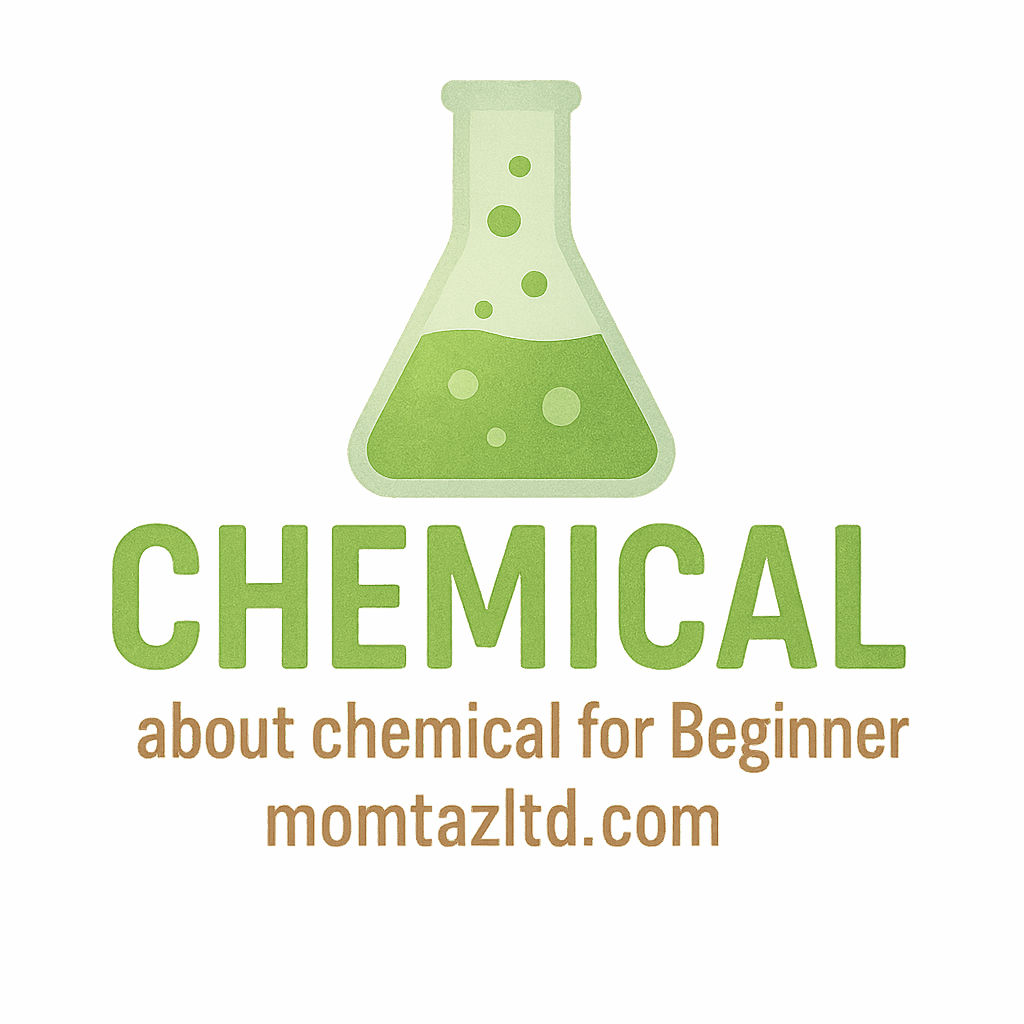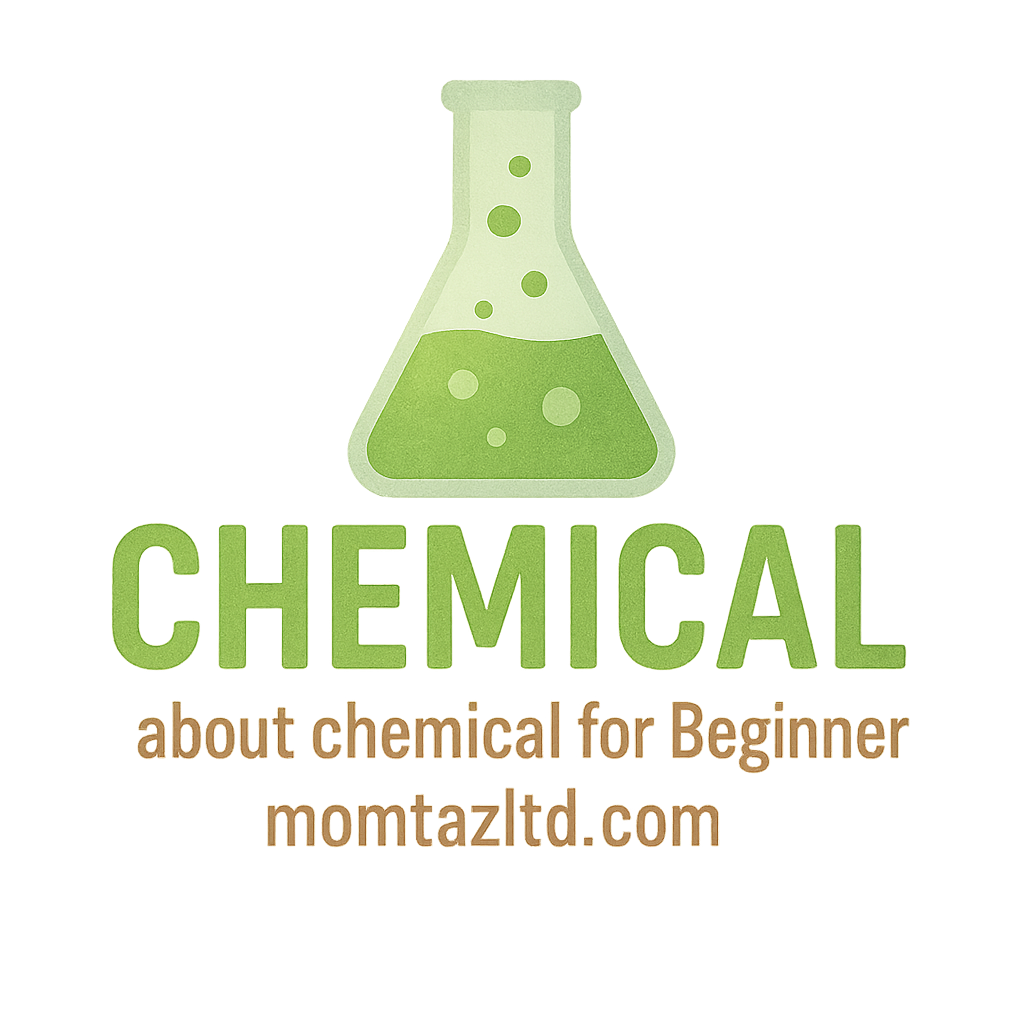Introduction: Why Safe Chemistry Experiments Matter
Chemistry is everywhere—from the fizz of your soda to the soap bubbles in your sink. For kids, diving into safe experiments in chemical for beginner for kids is more than just fun—it’s a doorway into science, curiosity, and creativity. But here’s the catch: experiments must be safe, age-appropriate, and engaging.
In this article, we’ll walk you through safety rules, easy-to-find materials, and 10 safe chemistry experiments that kids can do with guidance. By the end, you’ll see how household items can turn your kitchen into a mini science lab.
Setting the Stage for Beginner Chemistry
Understanding Safety First
Before kids start mixing things up, they need to understand that safety is step number one. Just like a chef sharpens their knives before cooking, young scientists should learn about safety gear, adult guidance, and why some chemicals are okay while others are off-limits.
What Makes an Experiment Safe for Kids?
A safe experiment is one that:
- Uses non-toxic, easily available household items.
- Produces mild reactions (think fizz, bubbles, or color change).
- Can be conducted with adult supervision and minimal mess.
For example, vinegar and baking soda are safe, while strong acids from laboratories should be avoided unless under expert supervision. You can learn more about safe chemicals for learning on household chemicals.
Essential Safety Guidelines Before Starting
Adult Supervision Matters
Kids should never handle experiments alone. Having an adult ensures safety while also helping them understand the “why” behind reactions.
Basic Safety Equipment Every Kid Should Have
Safety Goggles
Protects eyes from splashes—even harmless ones like vinegar can sting.
Gloves and Aprons
Not only does this keep little hands safe, but it also helps kids feel like real scientists. You’ll find beginner-friendly tips on chemical safety.
Household Items vs. Laboratory Chemicals
Safe Household Chemicals for Kids’ Experiments
Common items like vinegar, salt, lemon juice, food coloring, and baking soda are safe. These are staples in many home tips articles because they’re versatile for both cleaning and experimenting.
When to Use Laboratory Chemicals Under Guidance
Some safe laboratory chemicals may be introduced to older kids under proper supervision. However, most beginner activities can be done using kitchen ingredients.
10 Safe Experiments in Chemical for Beginner for Kids
1. Vinegar and Baking Soda Volcano
A classic! Combine vinegar and baking soda inside a homemade clay volcano. Watch as it bubbles over like lava. This experiment demonstrates an acid-base reaction.
2. Color-Changing Cabbage Juice
Boil red cabbage, strain the juice, and use it as a natural pH indicator. Add vinegar (acid) or baking soda (base) and watch the colors shift from pink to green. Great intro to chemical reactions.
3. Homemade Rock Candy Crystals
Mix sugar and water, then let the solution sit with a stick inside. Over days, sugar crystals form. It’s a sweet way to learn about crystallization.
4. Invisible Ink with Lemon Juice
Write with lemon juice on paper. Heat it gently, and the writing appears. Perfect for young secret agents and budding chemists.
5. Rainbow Milk Experiment
Add drops of food coloring to milk, then touch with a cotton swab dipped in dish soap. Colors swirl magically as soap breaks surface tension.

6. Simple Slime Creation
Mix glue, water, and a borax solution (or baking soda + contact solution). Kids love the gooey texture—it’s chemistry meets playtime.
7. Floating Egg in Salt Water
Add salt to water and drop an egg in. It floats! This experiment shows density differences and why salt water makes things buoyant.
8. Density Tower with Kitchen Liquids
Layer honey, dish soap, water, and oil. Each liquid sits neatly on top of the other. Add small objects to see where they “sink” or “float.”
9. Mentos and Soda Reaction (with Precaution)
Drop Mentos into a bottle of soda and watch the geyser shoot up. Always do this outdoors. It’s dramatic, safe, and shows gas release.
10. Rust Formation Observation
Place an iron nail in water and another in oil. Watch how rust forms only where oxygen and water are present. A great intro to chemical accidents prevention.
Tips to Make Learning Fun During Experiments
Turn Mistakes into Lessons
If the volcano doesn’t fizz or the slime feels off, ask kids what they think went wrong. Science is all about trial and error.
Encourage Kids to Ask “Why?”
Curiosity fuels science. Prompt them with questions like “Why do you think the egg floats?”
Chemical Terms Every Beginner Should Learn
Reaction, Acid, Base, and Neutralization
These are building blocks. Kids who grasp these terms can better explain their experiments and impress their teachers. Explore more on chemical terms.
Why Learning Terms Builds Confidence
Knowing words like “density” or “crystallization” helps kids feel like real scientists, boosting their confidence in schoolwork.
Careers Inspired by Beginner Chemistry
From Fun Experiments to Real Chemical Scientists
Small projects often spark curiosity that leads to big dreams. Many chemical scientists began with simple experiments at home.
How Simple Projects Spark Curiosity
Who knows? Today’s rainbow milk could inspire tomorrow’s Nobel Prize in chemistry.
Chemical Safety and Storage at Home
Safe Storage Practices
Keep household chemicals out of children’s reach when not in use. Store them in labeled containers. See chemical storage for expert tips.
Avoiding Chemical Accidents
Teach kids never to mix unknown substances. Awareness is key to preventing unwanted chemical accidents.
Conclusion: Growing Future Scientists Safely
Safe experiments in chemical for beginner for kids open up a world of curiosity and creativity. With adult supervision, basic safety gear, and simple household items, kids can explore reactions, density, and crystallization—all while building confidence.
These experiments don’t just entertain; they lay the foundation for future learning, inspire careers, and encourage safe, responsible science practices.
FAQs
Q1: What is the safest chemical experiment for kids?
A vinegar and baking soda volcano is one of the safest and most fun.
Q2: At what age can kids start chemistry experiments?
Kids as young as 5 can try simple experiments with adult supervision.
Q3: Do I need lab chemicals for beginner experiments?
Not at all! Most fun activities use household chemicals like vinegar, baking soda, and salt.
Q4: How do I explain chemical reactions to kids?
Use simple terms: “When two things mix, they can change into something new.”
Q5: Can slime-making be harmful?
If safe ingredients like baking soda and contact solution are used, slime-making is safe under supervision.
Q6: How can I prevent chemical accidents at home?
Store all chemicals in labeled containers, keep them away from kids, and never mix unknown substances.
Q7: Where can I learn more about beginner chemistry?
Check resources like learn chemical and chemical basics for detailed guides.


